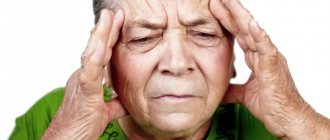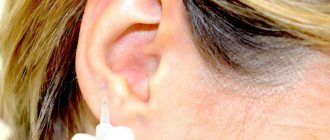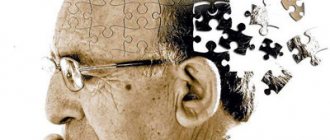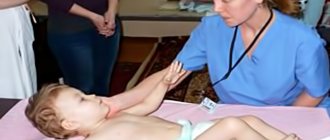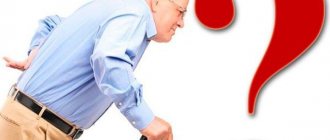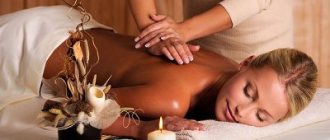Exercise therapy for Parkinson's
A set of training for Parkinson's includes exercises to maintain the tone of all muscles. However, much attention is paid to breathing exercises, as well as exercises for coordination and maintaining the rhythm of walking. Daily exercise therapy classes help the patient cope with stress, as well as elevate mood and improve well-being.
The following exercises are distinguished for Parkinson's:
1. Classes to improve diction;
2. Voice volume training;
3. Development of smooth spelling;
4. Exercises for an even step and walking;
5. Control of stability and vestibular apparatus.
Is there a difference between exercise therapy and therapeutic gymnastics? Gymnastics is used for prevention purposes, and exercise therapy involves the use of exercise equipment, physical activity and various devices. Therefore, gymnastics is part of exercise therapy; it is based on various breathing techniques and exercises.
Types and techniques
When performing a medical procedure, 3 main steps must be followed. This:
- Preparation. Before starting the massage, you should slightly warm up the areas that will be further developed. The stroking technique is suitable for this. This must be done very slowly: the impact should not be rough. This type of massage will prepare the tissues for the next, more intense, techniques. The main stroking techniques are straight, circular, zigzag.
- Main part. At this stage, the main areas of influence are carefully worked out using massage techniques.
- The final part, during which the treated areas are relaxed after treatment.
Massage for patients with parkinsonism includes the following techniques:
Trituration
This technique increases tissue elasticity, stimulates blood circulation and lymph flow.
During the rubbing process, you need to remember the need for a slow pace. Working very carefully, you need to rub so that the skin folds move out of place. This technique is performed along muscle fibers that are in a state of hypertonicity.
You can rub problem areas by making transverse or linear movements, as well as moving longitudinally, in a circle, or in a comb-like manner.
Kneading
Kneading for parkinsonism should not be deep. This technique must also be performed at a slow pace. The technique should not cause discomfort or pain to the patient.
Main subtypes of kneading:
- ordinary;
- ring double;
- double neck.
A subtype of kneading for shaking paralysis is beak-shaped. For this technique, the phalanges of the fingers and the base of the palm are clenched into a fist and pressure is applied to problem areas.
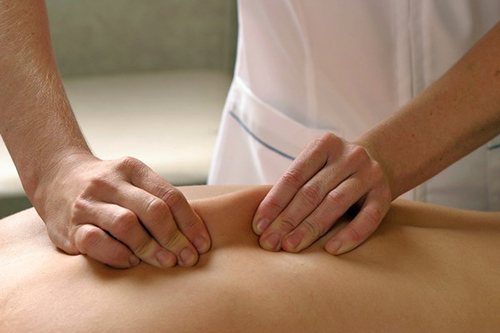
You can knead stiff muscles by moving, stretching, and gentle pressure.
Movements
This massage technique for parkinsonism involves passive and active motor activity of the upper and lower extremities, as well as movements with resistance.
Movements are performed only after making sure that the muscles are sufficiently warmed up and have gained sufficient mobility.
This technique has the following varieties:
- tilts in different directions;
- movements in a circle;
- turning;
- movements in the joints.
If the movements are active, then the massage therapist only holds the limb and minimally guides the patient, who independently tries to perform the technique.
Passive activity is provided by the massage therapist: he grabs the limb and moves it, turns it, bends it.
Full movements in Parkinson's disease are difficult, so most of them are passive.
Also, with this disease, a technique such as displacement is effective. When displaced, a manipulation is performed that resembles stroking, but has a stronger effect due to the greater speed of movement over the massaged area.
Patting
Patting is done with the palms of the hands. Usually synchronous movements are performed, that is, with both hands at once. You can do it alternately or synchronously.
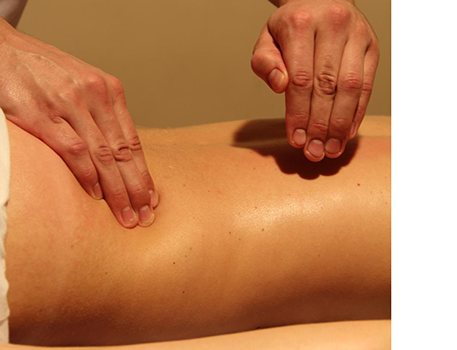
When patting, the fingers must be partially bent in order to soften the contact with the surface being worked on.
Light tapping strokes should be performed with the phalangeal part of all slightly clenched fingers.
Beating and beating
When performing this technique, the muscles must be thoroughly prepared and warmed up. Techniques with elements of light blows allow you to activate blood circulation in problem areas and increase their tone.
Tapping is performed with the back of bent fingers and the edge of a clenched fist. To ensure that the blow is softened, you need to fold your palms so that there is a small space inside them.
This technique is performed with both limbs at once.
Physiotherapy for Parkinson's
It is used at any stage of the disease and is aimed at improving the functioning of organs and tissues. For this disease, electrophoresis with drugs, transcranial magnetic stimulation, running magnetic field magnetotherapy and pulsed electrotherapy are used.
Yoga
Suitable for any period of illness. Yoga is recommended as one of the methods of non-drug therapy. The impact of classes is positive, as shown by the results of research from the University of Mumbai. Motor performance improved by 29% in groups of patients doing yoga.
Recommendations for loads
The influence of training and exercise therapy on inhibiting the progression of the disease is very significant. But there are rules that must be followed to achieve maximum results, namely:
1. Do workouts every day;
2. Spend at least 20-30 minutes a day;
3. Exhaustion must not be tolerated;
4. Can be combined with household chores;
5. Practice with music to keep the rhythm going.
The complex must be approved by your instructor and must be approved by your attending physician. Do not conduct independent training without relevant experience.
Effects of physical activity
Scientists are constantly developing various techniques to adapt the patient to normal life. Expectations from daily training:
1. Reducing the required dose of drugs;
2. Getting rid of depression, improving mood;
3. Restoration of working capacity;
4. Relieving tremors and strengthening gait.
Treatment options for Parkinson's disease
Parkinson's disease is a disease that causes the death of brain cells that produce the neurotransmitter dopamine. Therefore, with this disease, the amount of dopamine decreases sharply, and a person cannot move his body without dopamine. Most people with Parkinson's disease take a drug called L-DOPA to reduce symptoms. When this drug is taken, it is converted into dopamine in the brain, which allows patients to move.
In 1988, Robert Breeze, MD, performed the first human dopamine cell transplant on a large woman in the United States. Today, his laboratory is working on converting human embryonic stem cells into dopamine neurons. This method could make it possible to produce an unlimited number of dopamine cells for transplantation into sick people.
However, there are additional ways to relieve Parkinson's disease syndromes. You can find them in a special article .
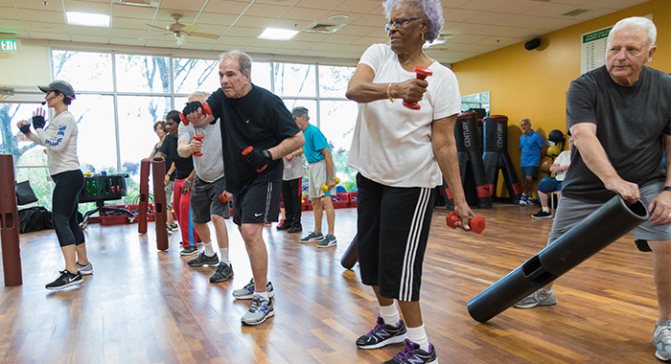
Additional ways to treat Parkinson's disease through enhancing the activity of the PARK7 gene
- Include flaxseeds and citrus fruits in your diet. These plants contain sesamin and narigenin, which increase the activity of the PARK7 gene (2)
- Increase the production of butyric acid (butyrate) in your gastrointestinal tract. It is known that butyric acid stimulates the activity of the PARK7 gene, and the production of this acid is promoted by fiber from food. (3)
- Additionally, take the amino acid glutathione, which also stimulates the activity of the PARK7 gene (4)
- Take sodium selenite, a water-soluble selenium supplement (5)
Substances that suppress the activity of the PARK7 gene
- Medicines Cisplatin and Doxorubicin
- Alpha tocopherol
- Cobalt chloride
- EGCG from black and green tea
- Benzene is a toxic substance in car exhaust.
- Lutein
- Manganese
- Tobacco for smoking
Information sources
- https://medicalxpress.com/news/2017-12-parkinson-disease.html
- https://www.ncbi.nlm.nih.gov/pubmed/24070629
- https://www.ncbi.nlm.nih.gov/pubmed/21372141
- https://www.ncbi.nlm.nih.gov/pubmed/18331584
- https://www.ncbi.nlm.nih.gov/pubmed/18175754
The information on this site has not been evaluated by any medical organization. We do not seek to diagnose or treat any disease. The information on the site is provided for educational purposes only. You should consult your physician before acting on information from this site, especially if you are pregnant, nursing, taking medications, or have any medical condition.
Rate this article
Average 5 Total votes (1)
Is it possible to do therapeutic massage: indications and contraindications
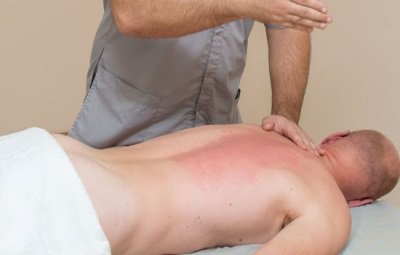
Gradually the patient loses the ability to fully care for himself.
Reducing muscle rigidity and expanding the motor mode is possible with regular massage of the lower and upper extremities already at an early stage of the disease.
Manual manipulation can be carried out by inviting a specialist to your home. Massage techniques are relatively easy, so often the patient’s relatives often do it themselves.
The total time of one session should be at least an hour. The procedure begins with stroking, followed by rubbing. It helps relieve muscle stiffness, increase blood flow and reduce nervous excitability.
Next, the specialist kneads the skin and muscle groups, reducing the negative effect of the disease. This lasts for 15-20 minutes. Then the limbs are flexed and extended in all joints for 20-25 minutes.
The most popular massage method for Parkinson's disease is displacement and squeezing. The movements are performed quickly and energetically, which improves blood circulation and has a positive effect on the superficial muscle layers, subcutaneous tissue and connective tissue. The massage therapist performs them for 15-20 minutes.
For parkinsonism, the technique of tapping and striking is good. It causes contractions along the length of muscle fibers, thereby increasing overall tone. And clapping with palms in combination with chopping and striking techniques further improves the patient’s general condition.
If necessary, sessions are carried out in courses of 15-20 procedures, repeated once every two months.
How to do therapeutic massage:
Exercise, exercise therapy
To delay the onset of disability and improve coordination of movements, a patient with Parkinson's disease needs to engage in active therapeutic exercises. In the early stages it gives especially noticeable results.
At the onset of the disease, many patients engage in aerobics, skiing, outdoor ball games, and dancing. Over time, the loads should be reduced. You can exercise on exercise machines and go to the pool.
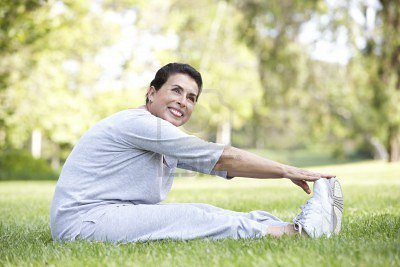
Typically, a set of exercises for Parkinson's disease begins with breathing exercises.
They do it near the wall, squatting and turning while inhaling and exhaling.
The “candle” exercise is very popular.
To improve your posture, you can press your back against the wall or bend and unbend your torso while sitting on a chair. After this, you can do 1-2 abdominal exercises from a lying position on your back.
Further manipulations are recommended to strengthen the spine. They are done standing, tilting and turning the head from side to side, retracting and retracting the shoulder blades. Lifting your legs from a supine position helps strengthen your lower body.
You can complete the complex with exercises for fine motor skills (rotation of hands in the wrist joints, touching fingers) and for the development of facial expressions (moving the tongue from one corner of the mouth to another, depicting emotions, etc.).
Before performing exercises, the patient should consult a doctor to adjust the load. It is necessary to organize classes so that they include all types of loads - stretching, aerobic and strength training.
Physical education should take place daily, repeating each exercise 8-10 times until a slight feeling of fatigue appears. Under no circumstances should you be overtired.
A set of physical exercises, exercise therapy gymnastics (physical therapy) for Parkinson’s disease on video:

